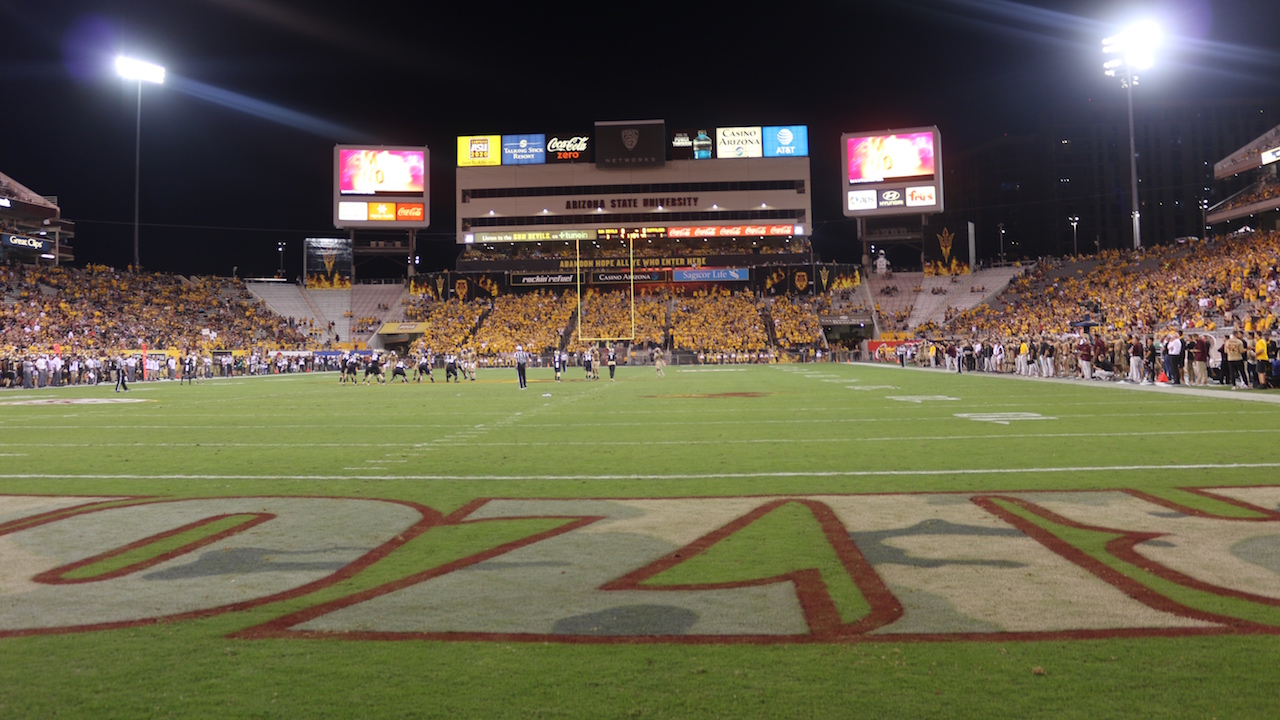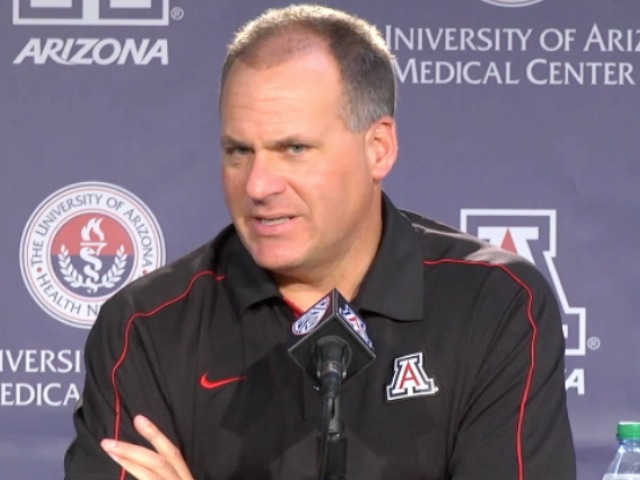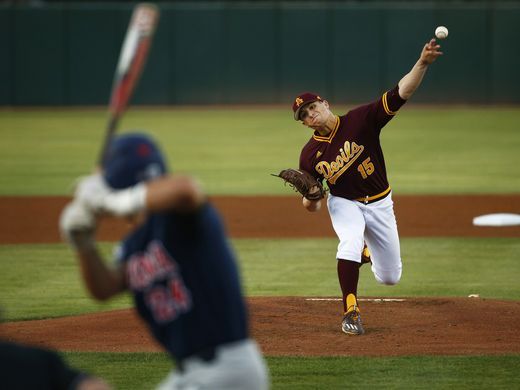On Friday, the Pac-12 conference released a football schedule for the 2020 season. The non-conference games are gone, rivalry games will be based on logistical convenience and not tradition. It may not be perfect, it may not even happen, but the groundwork is set.
The season will start on September 26. Each team will play 10 conference games, with a bye and an open week in December if games must be postponed or moved.
Pac-12 approves 2020 football schedule and plans for fall sports.
Full info ➡️ https://t.co/GSrX1TOFS2#Pac12FB | #BackThePac pic.twitter.com/9sUq38VwY6
— Pac-12 Conference (@pac12) July 31, 2020
The game that may raise the most eyebrows in the state is the Territorial Cup. The showdown between the Arizona State Sun Devils and Arizona Wildcats is usually saved for the end of the year, often with bowl implications on the line. In 2020? Their kicking off the season going head-to-head, joining UCLA & USC as rivals to square off early.
“We realize that at the moment those are real hot spots and the requesite authorities and approvals necessary are not there yet,” Scott said. “By putting them in the first week in the event that these two teams in each of those two markets playing against each other winds up not being possible, they become very easy to reschedule.
“We’re going in eyes wide open. We’re going in contemplating that it’s possible not all of our schools can start on September 26.”
The puzzle to getting 12 football programs back is not a rubik’s cube. There are different circumstances in every campus. The numbers and protocols in Tempe are different from the that in Berkeley and Corvallis. So with all of that complexity, does Larry Scott believe the conference can get a football season in this fall?
“I don’t know,” Scott said. “I think we are all trying to take a step at a time. We are cautiously optimistic sitting here today…There are elements outside our control that are going to have a lot of influence on that question.”
The commisoiner said much of that will come down to social distancing and mask-wearing in Pac-12 cities to help flatten the curve of the coronavirus, but he feels the conference will explore any route necessary to help athletes get safely back to competition.
“We feel a tremendous obligation, however, for the health and well-being of our student-athletes, including their mental health to provide every opportunity possible to be able play.”
The biggest opponent to the Pac-12 this year is not stronger conferences, limited visability nationwide, late kick times or shrinking budgets. It can’t be seen and can catch up to you quicker than De’Anthony Thomas.
“We going into this with a lot of humility,” Scott said. “We are recognizing we have a plan and follow medical guidance along the way and it’s one of the reasons why building in flexibility to the schedule is so important.”
So while today brings a bit of optimism and hope for the fall, the Pac-12 season will continue to be impacted by COVID-19. The virus won’t show humility, and the question that will loom over the season isn’t if the conference will need to be flexible, but how flexible will the conference need to be?



